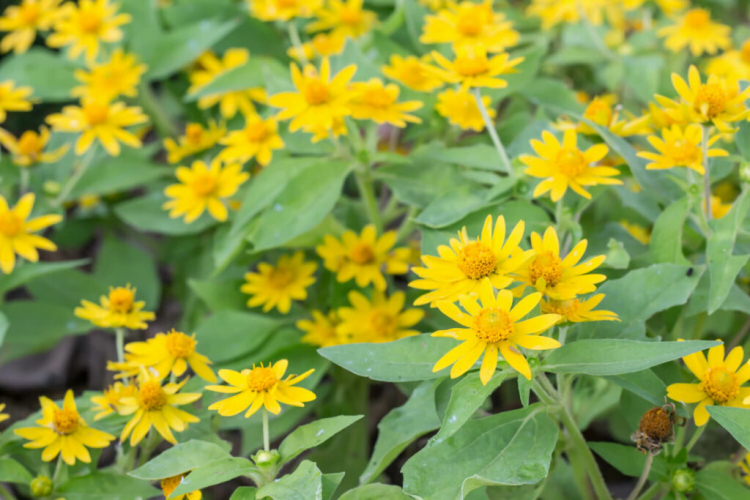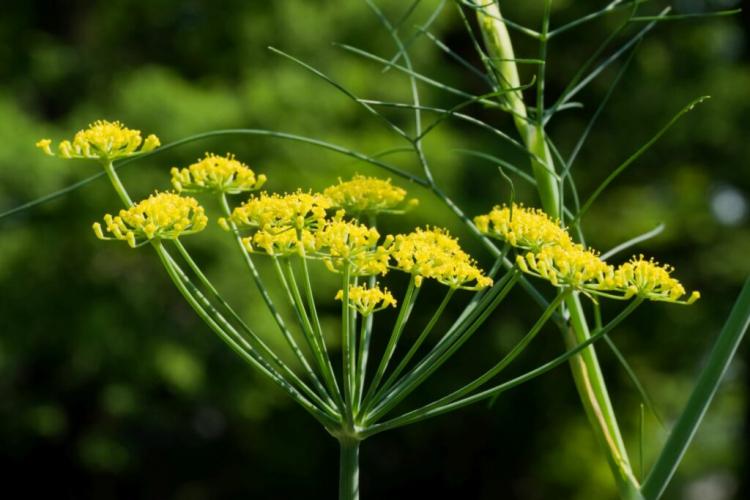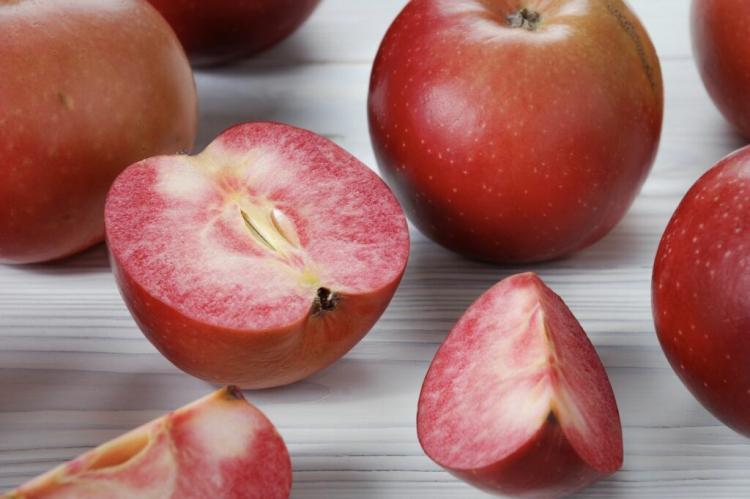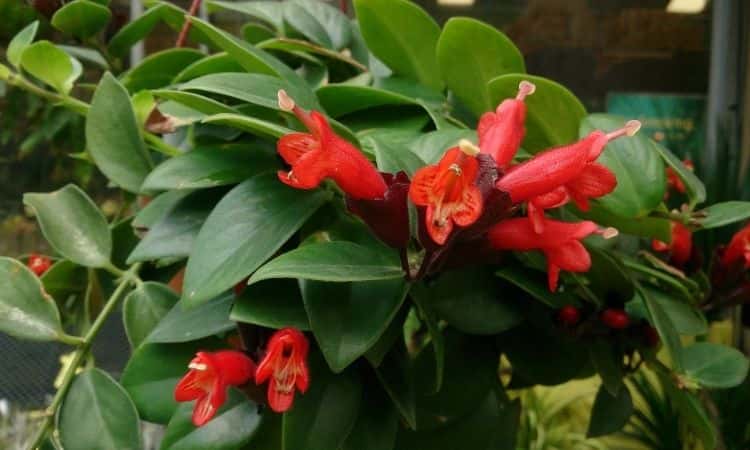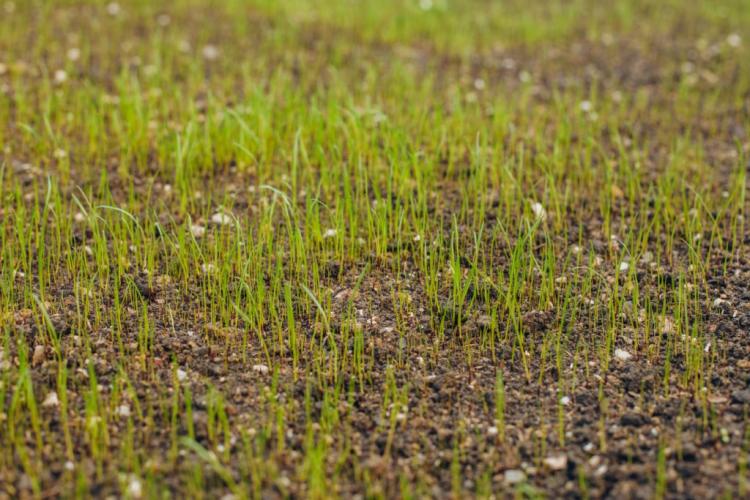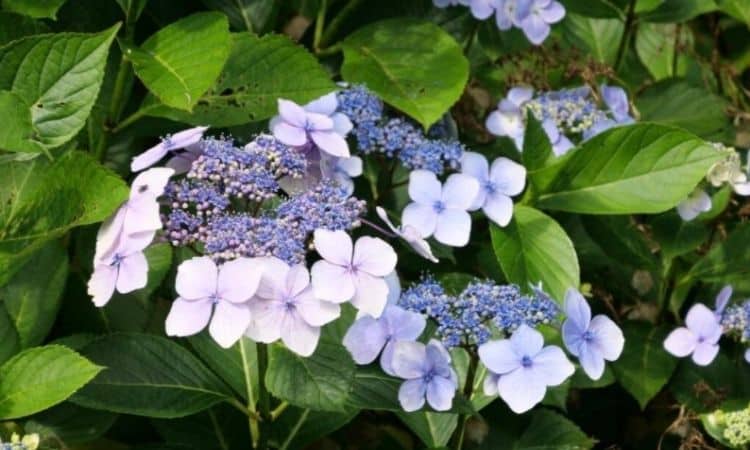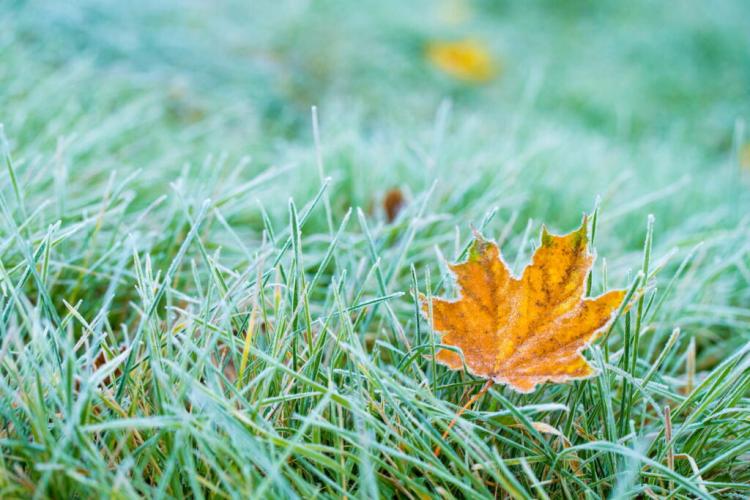Arnica Montana: Planting And Uses Of The Flower
Many know the classic arnica Montana ointment or tincture as a natural remedy. We show how to plant the arnica flower in the garden, how to obtain the seeds, and how to use arnica. The real arnica is mainly known to us as a medicinal plant.
Arnica Montana: origin and properties
Table of Contents
The real arnica is a species of the genus Arnica in the sunflower family (Asteraceae). Their natural range includes mountainous regions such as the Alps, the Ore Mountains, and the Pyrenees and extends to the Balkans, the Baltic States, and southern Scandinavia. In some European countries, the wild form is threatened with extinction.
Arnica grows as a perennial, herbaceous, approximately 30 – 60 centimeter high perennial. It forms underground rhizomes. From these the green, finely hairy shoots sprout, on which also hairy, oppositely arranged leaves appear. They have fresh green color and a lanceolate shape. In addition to the foliage leaves, the plant has somewhat longer basal leaves growing in a rosette at the base. The arnica flowers are up to 8 centimeters in size and golden yellow in color.

Arnica flower: when is the flowering time?
The yellow flowers of the arnica flower open between June and September. They have a size of up to 8 centimeters. The individual petals of the flower heads are arranged like rays of the sun and have three teeth.
Arnica varieties
In addition to the real arnica ( Arnica montana ), there are around 30 other types of arnica that also bloom very beautifully and thrive in our gardens. One example is the species Arnica chamissonis ssp. foliosa , also called American arnica. It forms somewhat more compact flowers than the real arnica.
Plant arnica
The bright yellow arnica is particularly eye-catching in natural or cottage gardens as well as in rock gardens. When the right location has been found, the arnica plants can be planted out or the seeds sown.
The right place and time to grow arnica
Arnica plants prefer full sun, poor locations such as former bog areas or poor meadows. The soil should be sandy and well-drained and have an acidic pH. Arnica is very sensitive to a high lime content. Therefore, the substrate should be acidified with peat, needles, grape pomace, bark humus, or acidic primary rock flour.
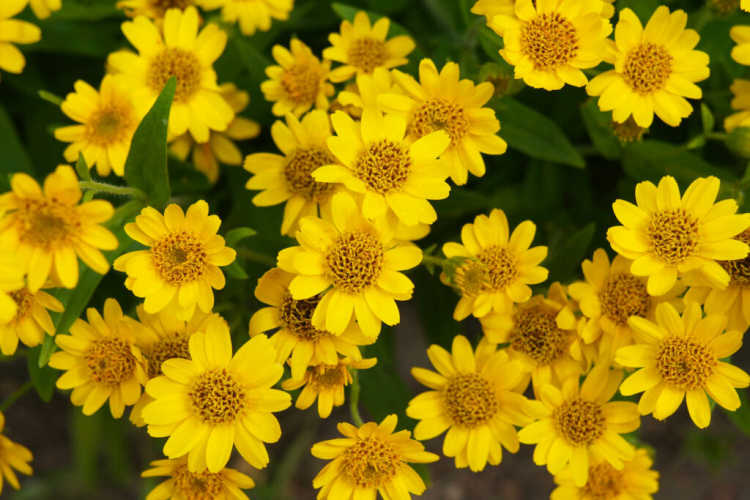
Planting arnica in the bed :
- A nutrient-poor, loose soil, mixed with sand (mixing ratio 1: 1) is suitable as a substrate. Due to the high air capacity of this earth, arnica also thrives very well in too firm and dense garden soils
- For acidification, some needle litter, bark humus, or grape marc should be mixed in
- Plant spacing: 25 cm
Planting arnica in a pot :
- A balanced, peat-free potting soil is suitable as a substrate, which should be mixed with sand for the arnica (mixing ratio 1: 1). A slightly more nutrient-rich soil is required in the pot, as otherwise, the arnica will not have a nutrient depot available
- Needle litter, bark humus, or grape marc are suitable for lowering the pH of the substrate
- Pot size: At least 30 cm in diameter and just as deep
Propagate arnica
After flowering, the seeds of real arnica develop. These are equipped with small umbrellas. If the perennial finds the right germination conditions in the garden, it will spread by itself through its seeds. If you want to better control the propagation, you can also harvest the arnica seeds and then sow them in the desired location in the garden or in a pot on the balcony or terrace. Since the seeds are very light, they should be pressed down well. The real arnica is one of the light germs, which is why you should only cover it with a very thin layer or, preferably, not at all with the substrate.
As an alternative to direct sowing outdoors, which is possible from the end of March to mid-May, young plants can also be grown indoors from February. Seed compost is suitable as a substrate. This should be acidified and mixed with sand to ensure a low pH and good permeability. Fill some growing containers with the germination substrate and distribute the seeds on them.
Since arnica seeds need light to germinate, they should not be covered with the substrate. Place the vessels in a bright, sheltered place, for example on a window sill, but not in direct sunlight. Keep the substrate moist. From the end of May (after the ice saints), the young plants can then be transplanted to the desired location in the garden or on the balcony.
Caring for the arnica
After planting, the arnica plants should be watered. In addition, the perennial does not require any special care. Only in prolonged periods of drought is she happy when she gets some water every now and then. Arnica montana should not be fertilized as it is sensitive to too high a nutrient content in the soil. However, potted arnica plants should be repotted occasionally to bring in fresh soil and a few nutrients.
The arnica is a winter-hardy plant. In winter, the above-ground parts of the plant die, and reserve substances are stored in the underground rhizomes. The rhizomes serve as persistence organs. In the next spring, new flower stems will sprout from them again.
Arnica: Uses And Ingredients
The right time to harvest medicinal arnica flowers is between the beginning of July and the end of August. After the harvest, the flowers can be dried. If you also want to harvest the arnica roots, you should wait about three years after planting before digging up the roots.
The real arnica has been used as a medicinal plant since the 18th century. The arnica flowers contain helenalin and dihydrohelenaline, which have antimicrobial and anti-inflammatory effects. However, above a certain concentration, these and other ingredients have a toxic effect. So arnica is poisonous if used incorrectly. For this reason, arnica is no longer officially approved for internal use. Even low concentrations of the ingredients in teas with arnica flowers can cause poisoning.
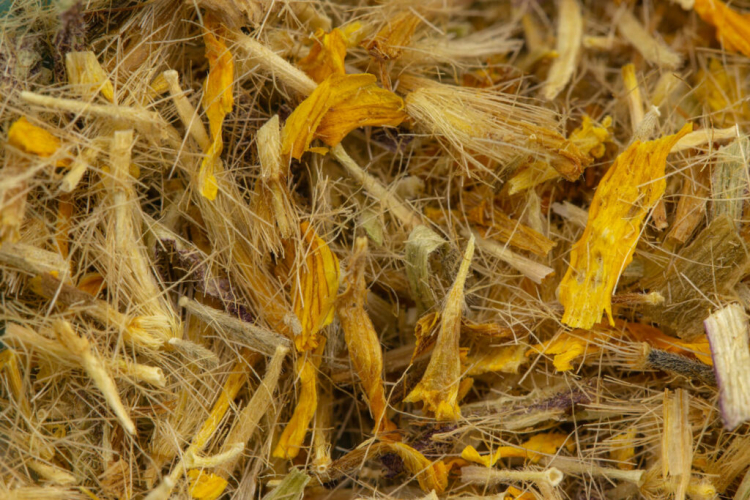
In addition, the arnica plant contains flavonoids, triterpene diols, and other substances that, when applied externally, have anti-inflammatory properties, but can also cause allergic reactions at the same time.
Various preparations with arnica are available on the market, some of which you can make yourself. Arnica tinctures, infusions, and ointments can be used externally to treat bruises, bruises, sprains, and rheumatic muscle and joint pain. It can also be used on animals.
